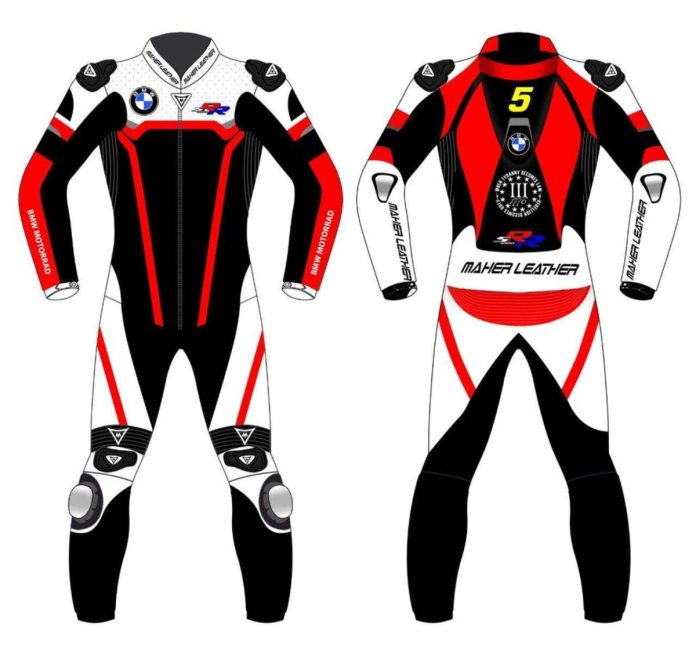Racing is a sport that dates back to antiquity, and it’s since evolved into one of the most popular spectator sports in the world. And while it may seem like a simple affair—simply hopping in a car and speeding around a track—the construction of racing suits is anything but. From materials used to build the chassis to the materials used in the clothing, read on to learn more about what goes into making these suits. It’s an interesting process that you may not have considered before.
Materials Used to Construct Racing Suits
From the fabric to the seams, racing suits are meticulously constructed with a variety of materials. Different suits are tailored to specific track conditions, so the materials used can vary depending on the race.
Fabric: Racing suits are made from a variety of akitextiles fabrics, which can be tailored to specific track conditions. For example, a suit made from a light fabric would be more appropriate for summer races while a suit made from heavier fabric would be better for winter races.
Seams: Seams in racing suits are very important because they need to resist wear and tear. They are also designed to move with the body and breathe, which makes them ideal for hot weather races.
Types of Materials Used in Racing Suits
The materials used in racing suits are typically light and breathable, with a strong but flexible fabric that can protect the body from impact. The most common fabrics used in racing suits are Lycra and Spandex.
Lycra is a type of synthetic fabric made of polyester and elastane fibers. It is very lightweight and has a high elasticity, which makes it perfect for racing suits.
Spandex is a type of synthetic fabric made of polyester and spandex fibers. It is also very lightweight but has greater strength than Lycra. This makes it ideal for racing suits, as they need to be strong enough to protect the body from impact but still be flexible enough to allow movement.
Pros and Cons of the Various Materials Used in Racing Suits
The materials used to construct racing suits can be broken down into two categories: synthetic and natural. Synthetic materials are typically more expensive than natural materials, but they offer certain advantages. For example, synthetic fabrics are lighter and more breathable, which can help reduce fatigue during long races.
Natural materials, on the other hand, tend to be less expensive than synthetic materials, but they may not offer as many performance benefits. For example, cotton is well-known for its durability and air-flow properties, but it doesn’t have the same level of responsiveness as some synthetic fabrics. Additionally, natural materials may absorb moisture levels more easily, which can lead to uncomfortable conditions during hot weather races.
Conclusion
Racing suits are constructed of a variety of materials, depending on the type of racing they are used for. For example, Formula 1 racing suits use heavier materials than NASCAR suits because Formula 1 races can be much more explosive and high-speed.



